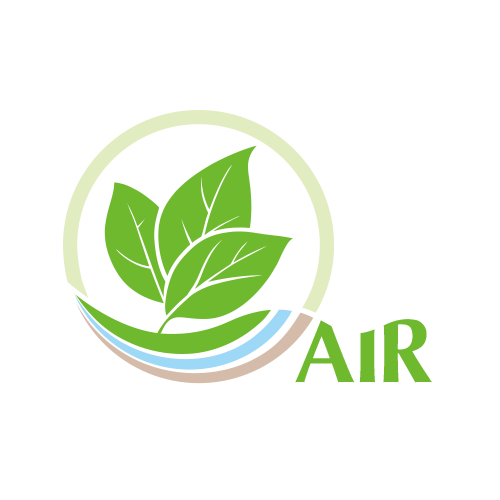| Batch | A group of plants with a common risk profile with respect to potential for contamination in the propagation process. Generally, a group of plants of a single species with a common source of propagative material that is started at the same time using the same potting media (composition, treatment, handling). Plants within the batch are normally handled in the same way after potting and may or may not be spatially grouped (see block). Related batches are those that share one or more common risk factors (e.g., same potting media batch but different propagative material or date of planting). If a Phytophthora detection is made within a given plant batch, that batch and related batches are considered potentially contaminated until the source of contamination can be determined via testing and records. |
| Block | A spatially-grouped array of plants on a bench, normally from a given batch. A block of plants normally has a common risk profile with respect to potential for contamination associated with nursery practices after potting (e.g., accidental introduction via contaminated hands or tools) related to potential for pot-to-pot splash. If a Phytophthora detection is made within a given plant block, that block and adjoining blocks are considered potentially contaminated unless testing and records provide reliable information to the contrary. |
| Clean | Sanitized, heat-treated, or new (e.g., plastic pots), and maintained in a way to prevent subsequent contamination. |
| Clean Production Area | The entire nursery production area or a fenced, posted, separated area maintained to exclude contaminated materials to the best degree possible. |
| Clean Production System | An integrated system for producing plants that are free of soilborne Phytophthora species to the maximum extent attainable. Plants produced following these specifications are also likely to be free of most significant soilborne pathogens, but will not necessarily be free of all pathogens and pests. |
| Contaminated or Potentially Contaminated | Any surface or material that is not freshly sanitized, heat-treated or otherwise clean. The ground, soil and potting media that has not been heat treated, used pots, plants not produced following these BMPs (including all plants from other nurseries or in natural or planted landscapes), and anything that has been in contact with these should be considered as potentially contaminated. |
| Cull | As a verb, to pick out for the purpose of discarding (e.g., plants showing disease symptoms are culled). As a noun, cull refers to the items (e.g., diseased plants) that have been selected for discard. |
| Disinfectant | Materials such as bleach (sodium hypochlorite solutions), alcohol, quaternary ammonium compounds, and peroxides that can directly kill exposed propagules of Phytophthora or other plant pathogens when used properly. Most disinfectants can also kill a wide variety of bacteria and deactivate many viruses. Note that most materials normally referred to as fungicides are applied to plants to suppress disease but do not normally kill fungi or oomycetes such as Phytophthora. |
| Heat-Treated | In regards to potting medium, containers, etc., free of plant pathogens through exposure to heat at a temperature and time duration that will that kill plant pathogens, and subsequently handled and maintained in a manner to prevent contamination (see Phytosanitary Procedures for Producing Clean Nursery Stock) and heat treatment standard below. |
| Infected | A plant internally colonized by a pathogen; the pathogen has grown into plant tissue. Infections are not eliminated via surface treatments such as disinfectant dips. Only plants or plant parts are referred to as infected (see also infested). |
| Infested | Containing or superficially contaminated with propagules of a pathogen. Soil, potting media, tools, and surfaces may be infested with spores of pathogens (see also infected). |
| Non-BMP Plants | Plants not produced under the full Phytophthora BMPs |
| Phytosanitary | Free of plant pathogens; as an adjective, used to describe techniques or practices that prevent materials from being infected or infested with plant pathogens (e.g., phytosanitary measures). |
| Phytosanitary Tier | A group of plant propagule types that have a similar risk of being contaminated or infected by Phytophthora or other pathogens. See Phytosanitary Tiers for a full description. |
| Potting Media | Substrate used for germinating, rooting, or growing plants in containers. Typically, a mixture of organic and inorganic materials. |
| Propagule | Living portions of a plant, fungus, oomycete, etc. that can serve to reproduce that organism. For plants, propagules include seeds, cuttings, divisions, bulbs, corms, tubers, etc. For fungi or oomycetes (including Phytophthora), these include both vegetative filaments (mycelium) as well as various spores and resistant structures. |
| Sanitized | Cleaned to remove debris and soil particles and subsequently treated with a disinfecting agent, such as sodium hypochlorite (chlorine bleach), quaternary ammonium compounds, alcohol, or heat, in a manner that destroys any residual plant pathogen propagules. |
